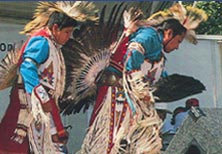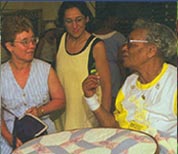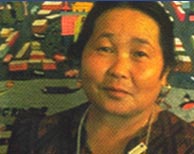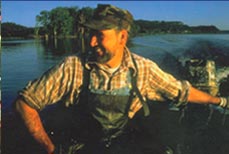| Questions to be Answered |
| What are some of the well-known ethnic communities around the state of Iowa? |
| What do stories passed on by members of a group tell about the values of immigrants and migrants who settled in Iowa? |
| When and to whom are immigrant or “settling in Iowa” stories told? |
| How do these stories express ethnic identity? |
|
- Give each student a copy of the handout on ethnic festivals, museums, and sites. Provide each student with a good map of the state. Ask students to locate various ethnic groups and sites on their maps by making dots (and labeling them).
- Refer to a world map. Identify and discuss the countries of origin of many of Iowa’s ethnic groups. Discuss the reasons why and time period in which many people from those nations immigrated to the United States.
- Discuss the reasons why certain immigrant groups may have settled in particular parts of the state. Has anyone in the class ever traveled to one of the communities identified? What were his or her impressions?
- Read in the third handout a sample immigrant story. The recollection is taken from an interview conducted September 10, 1995, at storyteller John Wagler’s home in Wayland. Mr. Wagler’s daughter was also present. Discuss the information in the interview—what was hard about coming to the U.S? What challenges were overcome? What forms of folklife characterized German identity for Mr. Wagler?
- Discuss the means for telling immigrant stories—for example, diaries, letters, books and short stories, journals, reports.
- Have immigrant students briefly offer their own immigration stories to the class. (The teacher may want to model this.)
- Discuss any common themes that have come up in the stories students tell about migration or settlement. Are there any patterns in these stories?
- Write about an experience you yourself have had being the “new kid on the block,” or another situation in which you were new to an area, a school, or an organization. Compare this experience to the way an immigrant coming to Iowa might have felt in the 19th century or in the 20th century.
HIGH SCHOOL ADDITIONS: Bring an item to class that expresses your own ethnic or regional identity. If the item is too large, fragile, or precious to bring in, sketch it or describe it in words. This could include something your great-grandfather brought with him from the “old country,” a tortilla maker or an item associated with the making of ethnic foods, an Eastern European decorated Easter egg, etc. Tell the class about the item and its significance to you and your family.
- Have students list the different places, by year, that one or another family member or relative has moved to. Put this on a map, drawing the migration “trail.” Annotate with dates. If more than one relative is mapped, be sure to label the trail with the person’s name.
- Invite a recent immigrant or migrant to Iowa to the classroom to talk about his or her experiences. If possible, supply the guest with some questions you would like to ask beforehand. Take notes during the session and write a brief summary of what you learned.
Seniors are probably more aware than students of their ethnic heritage and their history of immigration. Some may have family documents to bring in, diaries, books, letters to and from family in other nations, and even a family tree or genealogy. Seniors should be encouraged to bring these materials in for students to see. Have seniors tell immigrant or settlement stories. Pair students with seniors and have students discuss their own or their families’ experiences coming to Iowa, moving to a new town, or even moving to a new house. Compare this experience with that of immigrants coming to Iowa in earlier times.
| |
| |
|
Photo |
|
|
|
| |
LESSON 1.4 |
|
| The Leiderkranz (German men’s chorus) singers perform at the Manning Presbyterian Church and Community Center at Christmastime (Weinachtsfest). Can the formal dress of a singing group operate as a team uniform in identifying its members? |
| |
|
PHOTO BY CYNTHIA SCHMIDT |
|
|









